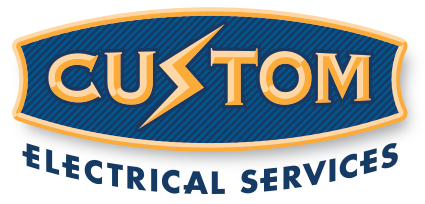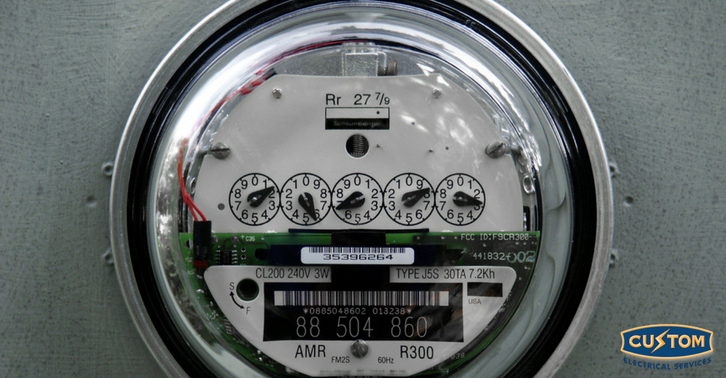 Adapters and Energy Vampires
Adapters and Energy Vampires
You may not realize this, but all of your attempts to save energy are being hampered, even if only a little bit, by a tradeoff for convenience. Many of the smaller ways we lose energy in our homes come from very small drains. Adapters that are left plugged into walls, power strips, computers, and other standby electronics all drain a little bit of energy from the grid. This trickle current is minor, but adds up as you increase the number of devices. Having a single phone charger plugged in and ready to use at all times isn’t a big deal, but when you have five phones, two handheld game console chargers, a computer and a laptop in hibernation or sleep mode, and every TV in the house plugged in, that tiny trickle can use a lot of energy all day long. If you don’t need the device, just unplug it.
Lighting
We all grew up with the idea that saving energy meant saving money, and many of us have probably had one or both parents lecture about the importance of turning off lights whenever we leave a room. Even the most energy efficient bulb uses up electricity while it’s on. So, it’s important to turn off lights for rooms that aren’t in use. But there is an exception to this otherwise-constant rule: fluorescent lights. While LEDs are immune to the on-off switching issues of incandescent bulbs and their fragile filaments, they use roughly the same amount of energy to turn on and stay on (roughly). Fluorescent lights are different, they require more power to ignite than they do to operate under normal conditions. Now this does not mean you should leave them running all day long. What it does mean is that you shouldn’t turn them off unless you’re done with the room for a while. If you plan to be in and out of the garage throughout the afternoon, leave the high bay lights on and conserve energy over the course of the afternoon.
Appliances
Of course, here’s where most of our energy demands come from. While high-powered TVs and computer systems use some power for their operation (and can draw a lot of power for plasma screens and graphically intensive programs), they don’t match the power consumption of standard home appliances. Most homes spend the majority of their power on heating and cooling, whether that’s powering a forced air unit, heating water, refrigerating food, or microwaving meals, this is where we spend the most energy. While you can save money by replacing your current appliances with more energy-efficient systems (making sure they’re ENERGY STAR compliant is the easiest way), there are a couple of other things you can do as well.
Water Heaters – Have your heater maintained by draining the tank to clear out silt and sediment that impedes heating. Installing insulation for the tank and the pipes leading away from the tank will improve heat retention and decrease heating costs. You can also lower the temperature slightly, just make sure you don’t go below 120F.
Dishwasher and Washing Machines – Check for hard water stains on heating elements. Calcifications on heating elements and hard water require more energy to heat up. Installing a water softener or simply cleaning off the heating element will improve water heating in your appliances, reducing costs.
HVAC Units – Keep all vents and registers open to maintain airflow. Replace air filters to reduce load on the unit and improve efficiency. Take a walk through your home and look for rooms that are hotter or colder than others. Open internal doors to help equalize temperatures throughout the home.
Following any of this advice is going to help you reduce the energy costs you face on a daily basis. Remember that it isn’t typically one large choice that saves you money in the long run, it’s the small choices that save a few watts here and there over time.



 Adapters and Energy Vampires
Adapters and Energy Vampires